I have the following code.
public class Parent
{
public void Print()
{
Console.WriteLine ("Parent Method");
}
}
public class Child : Parent
{
public new void Print()
{
Console.WriteLine ("Child Method");
}
}
public class Program
{
public static void Main()
{
Child C = new Child();
C.Print();
}
}
If I run this code, I get the result "Child Method" But if I do the following, why do I get the result "Parent Method"?
public class Parent
{
public void Print()
{
Console.WriteLine ("Parent Method");
}
}
public class Child : Parent
{
public new void Print()
{
Console.WriteLine ("Child Method");
}
}
public class Program
{
public static void Main()
{
Parent P = new Child(); // The only difference is this.
P.Print();
}
}
The only difference is as below
Child C = new Child();
Parent P = new Child();
I thought new Child() means that we create the instance of Child class.
And I thought both, C and P, are just object reference variables that hold the location of instance of Child class.
Can you correct me if I'm wrong or tell me if I miss something because I don't understand why in the above cases I get different results?


